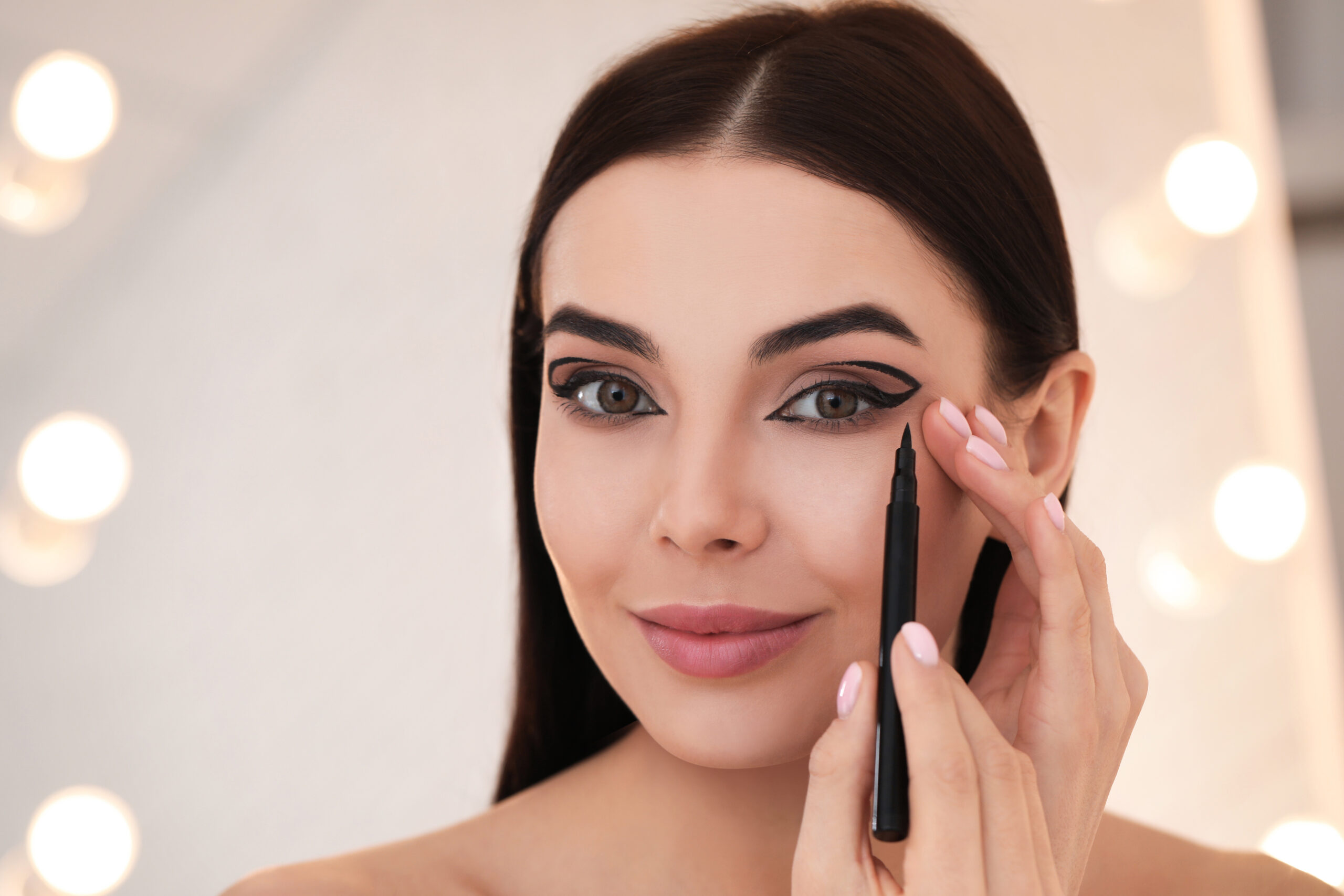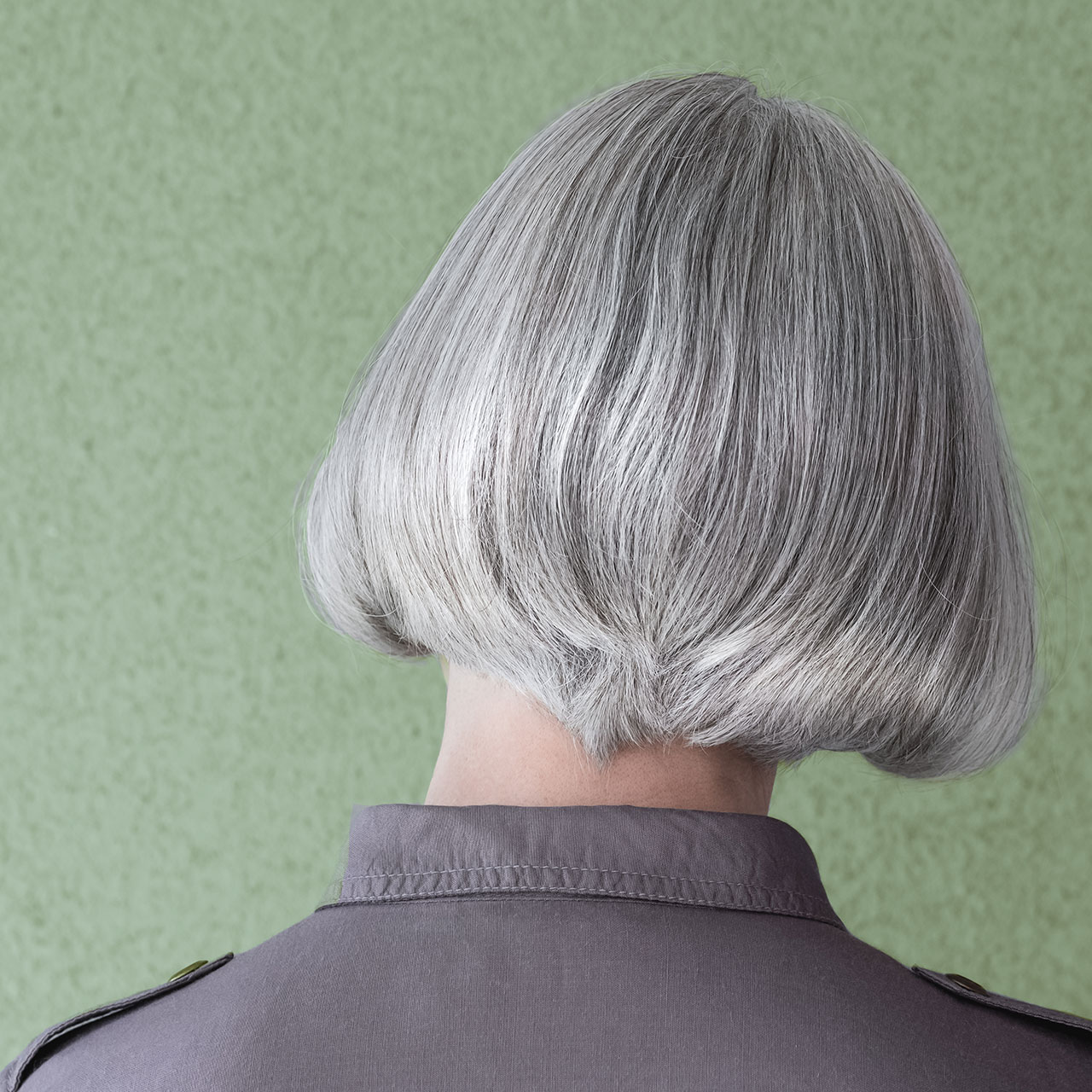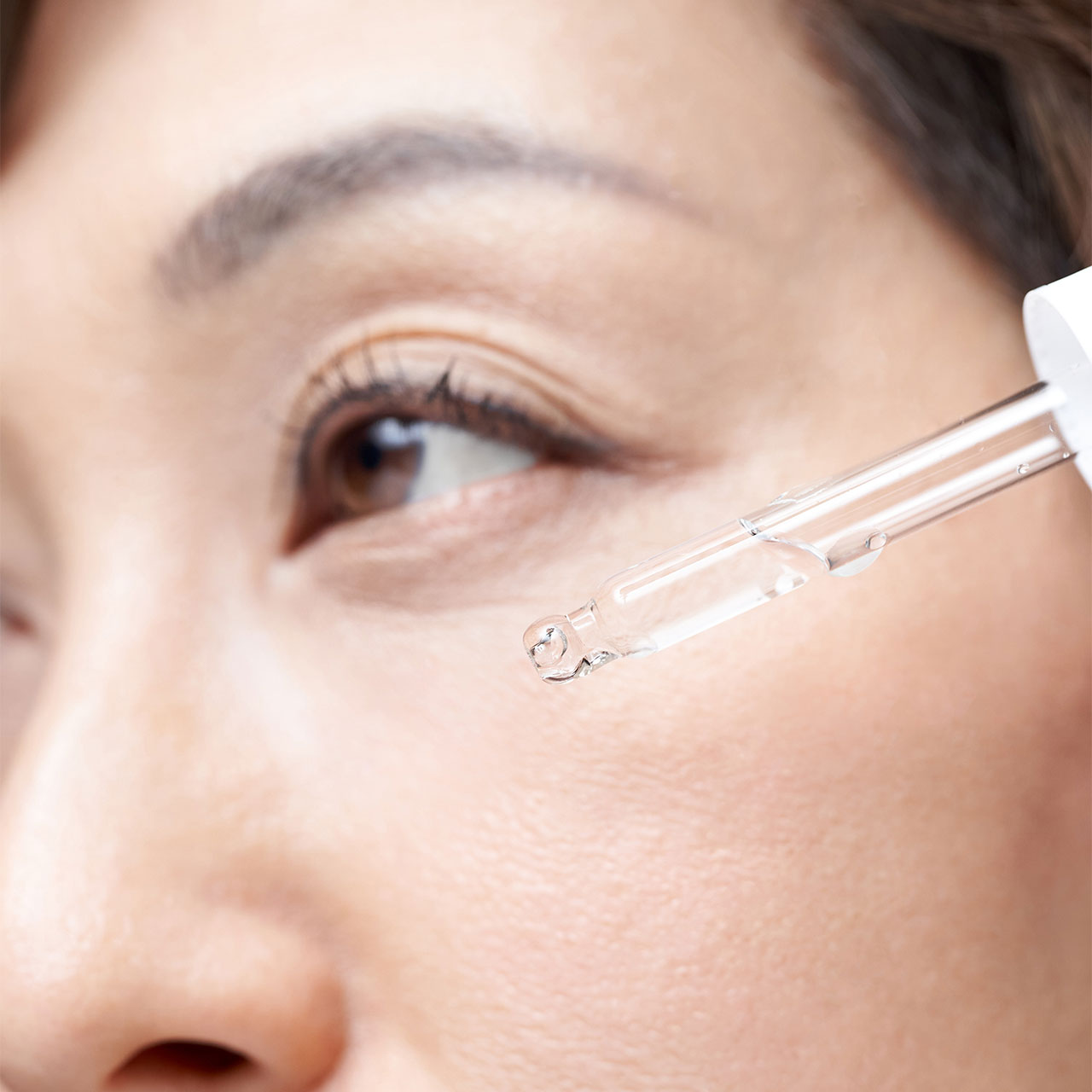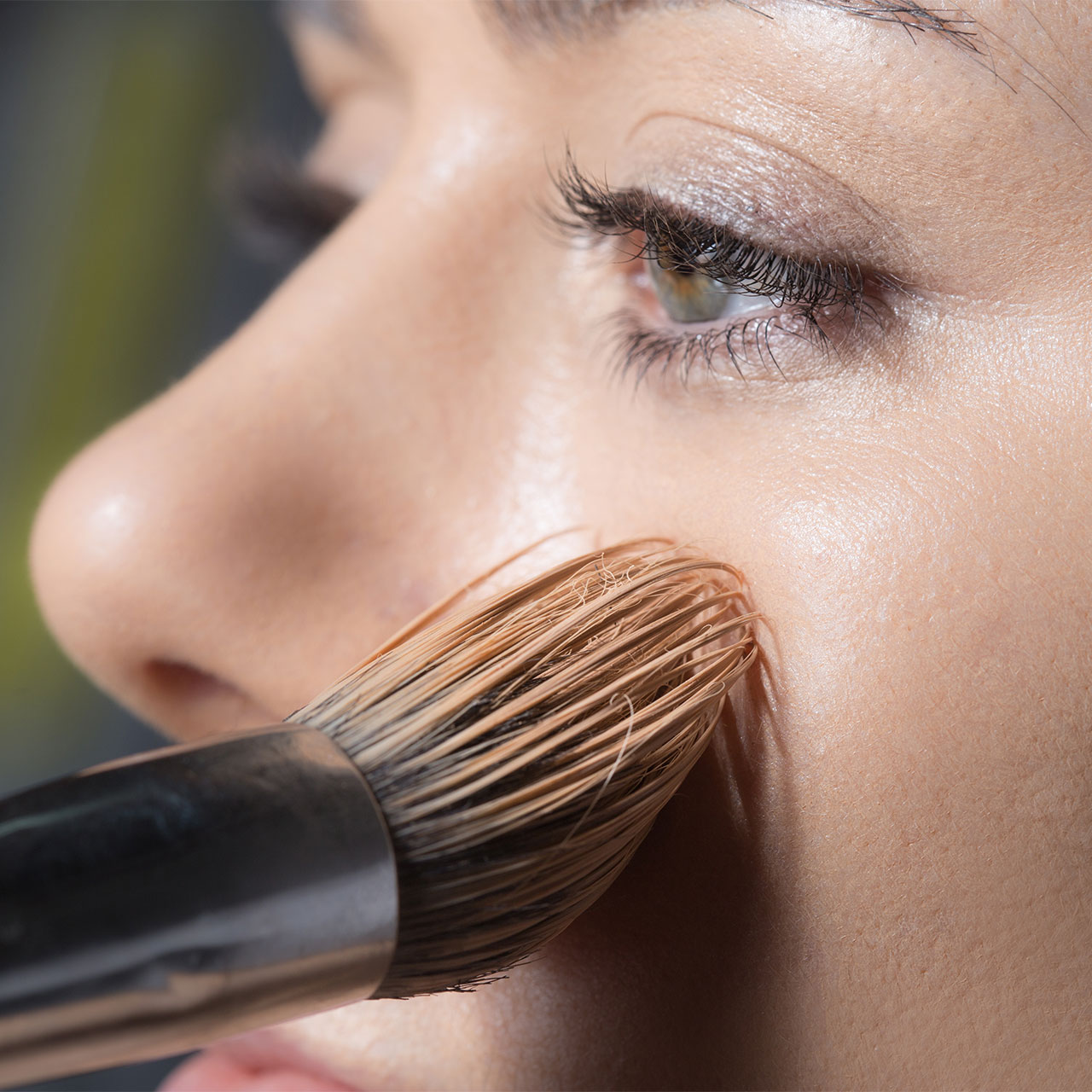This is an archived article and the information in the story may be outdated. Please check the time stamp on the story to see when it was updated last.

Ponytails may be classic, but if you’re relying too heavily on this cute ‘do, you may be unknowingly doing severe damage to your scalp and hair. “The current trend of tight ponytails worn all day in our exercise/gym-oriented culture can definitely contribute to hair thinning and hair loss,” says Dr. Tsippora Shainhouse, a dermatologist at Rapaport Dermatology of Beverly Hills.
The culprit behind ponytail damage is one you may have heard of: traction alopecia, which refers to hair loss as a result of prolonged tension on the hair follicles. When you pull your hair back into a pony and tie that hair band around it so tight that you fear actually breaking the elastic? Yeah, that’s not so great.
But ponytails aren’t flying solo in this too-tight-for-its-own-good category: you can add tight buns, braids, hair extensions, and any style that calls for you to pull hard with a brush, tease, or wrap your hair in constricting hot rollers to the list, as well.
Traction alopecia hair loss and thinning can occur anywhere on the scalp, but Shainhouse says with tight buns and ponytails, the hair loss is most common along the sides of the scalp, including the frontal, temporal areas, and especially the temples and above the ears.
How can you tell whether you’re damaging your scalp and hair? Simple: “If your scalp hurts from your styling, then your hair is being pulled too tight,” Shainhouse says. “That feeling of scalp tenderness after taking out your ponytail at the end of the day means that your hair was pulled too tight.”
What’s worse is that the damage isn’t always 100 percent reversible, especially if you’re committed to one specific tight hairstyle. “Continual pulling or traction of the hair roots results in changes known as ‘follicular degeneration syndrome’, which can eventually scar and cause permanent hair loss,” Shainhouse says. “With tight hair styling, the hairs get pulled, the follicles get traumatized and eventually the hair shafts become deformed and can be pulled out. If this occurs once in a while, the hairs will grow back. With persistent tension and trauma to the follicles, however, the follicle can be destroyed because fibrous scar tissue can develop around and within the old hair follicle. Hair cannot grow back.”
Now that we’re all thoroughly terrified, it’s important to remember that treatment is all about prevention. Shainhouse provides three tips to avoid traction alopecia:
1. Wear looser hair styles. “Buns and ponytails are okay, as long as your give your hair a break once in a while.” Shainhouse says. “Don’t wear them every day. Your scalp should not hurt when your take them out.”
2. Be nice to your hair while styling it. “Avoid pulling your hair too hard while styling; don’t tug with round brushes while straightening and be careful with any back-teasing,” Shainhouse says.
3. Rethink hair extensions. “Hair extensions are heavy,” Shainhouse says. “They are often used to mask thinning hair, but this is exactly who is most prone to traction alopecia–the tension and traction from the extension can traumatize the follicle and lead to scarring and more hair loss. Be very careful and consider using clip-in extensions for short periods only like special occasions. And of course, don’t sleep in them!”
For more beauty tips, check out how to erase a scar and Target’s new nail care line.



























